Gritty mix all the rage?
Joe1980
13 years ago
Related Stories
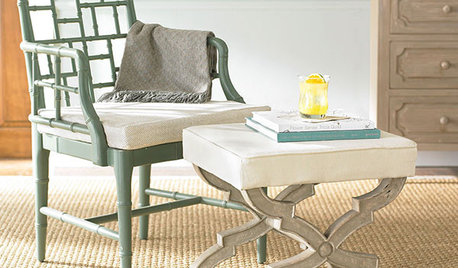
PRODUCT PICKSGuest Picks: All the Rage on Design Blogs
What are design and decor bloggers craving right now? Chippendale chairs, global accents and stylish pieces at affordable prices
Full Story
BLACKMixing Patterns: Start With Black and White
Learn the principles of layering patterns with some dramatic, high-contrast designs
Full Story
COLOR PALETTESMaster the Metallic Mix of Gold and Silver
More than just hardware is gleamworthy in a home. Marrying metallics with walls, ceilings, furniture and accessories makes your rooms glow
Full Story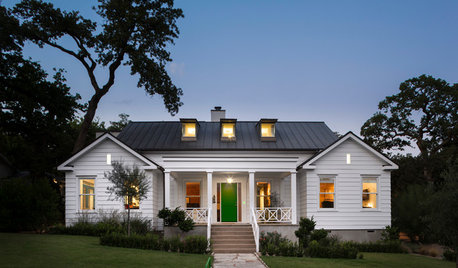
CONTEMPORARY HOMESHouzz Tour: Unusual Mixes of Old and New in Texas
Modern touches done in surprising ways give a traditional Austin house a whole new personality
Full Story
KITCHEN DESIGNNew This Week: 2 Kitchens That Show How to Mix Materials
See how these kitchens combine textures, colors and materials into a harmonious whole
Full Story
DECORATING GUIDESRoom of the Day: A Fresh Mix in a Traditional Colonial
A designer combines rich colors and fabrics with lighter pieces in a living room that's the heart of a North Carolina home
Full Story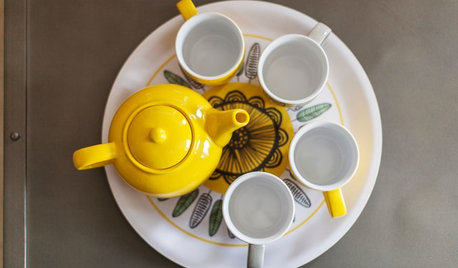
HOMES AROUND THE WORLDHouzz Tour: Gray and Yellow Mix It Up in a London Apartment
A neutral palette gets a jolt of energy from sunny accessories and witty artwork in this new unit in an industrial area
Full Story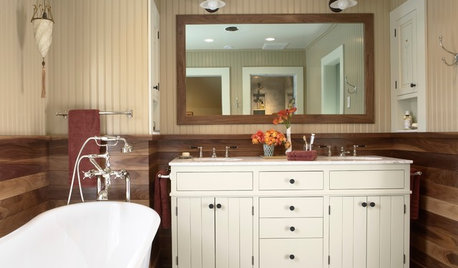
BATHROOM VANITIESAll the Details on 3 Farmhouse-Style Vanities
Experts reveal dimensions, finishes, paint colors, hardware, faucets and more
Full Story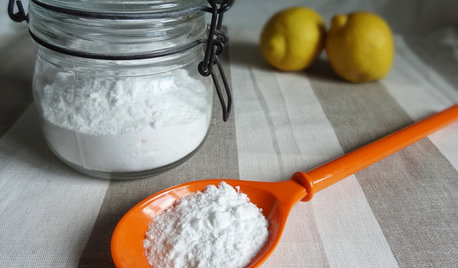
HOUSEKEEPINGBaking Soda: The Amazing All-Natural Cleanser You Already Own
Battle grime, banish odors and freshen clothes with this common nontoxic cupboard staple
Full Story
GARDENING GUIDESNew Ways to Think About All That Mulch in the Garden
Before you go making a mountain out of a mulch hill, learn the facts about what your plants and soil really want
Full Story









windeaux
jane__ny
Related Professionals
Accokeek Landscape Architects & Landscape Designers · Mitchellville Landscape Architects & Landscape Designers · Broadlands Landscape Contractors · Clark Landscape Contractors · Danvers Landscape Contractors · Fridley Landscape Contractors · Las Vegas Landscape Contractors · Mercedes Landscape Contractors · Mesa Landscape Contractors · Natick Landscape Contractors · Pahrump Landscape Contractors · Waltham Landscape Contractors · Wheat Ridge Landscape Contractors · Fernway Interior Designers & Decorators · Mount Laurel Interior Designers & DecoratorsJoe1980Original Author
meyermike_1micha
meyermike_1micha
rhizo_1 (North AL) zone 7
Joe1980Original Author
norma_2006
meyermike_1micha
jodik_gw
greenman28 NorCal 7b/8a
lathyrus_odoratus
meyermike_1micha
jane__ny
jojosplants
meyermike_1micha
jojosplants
jodik_gw
arkf
tapla (mid-Michigan, USDA z5b-6a)
Joe1980Original Author
jodik_gw